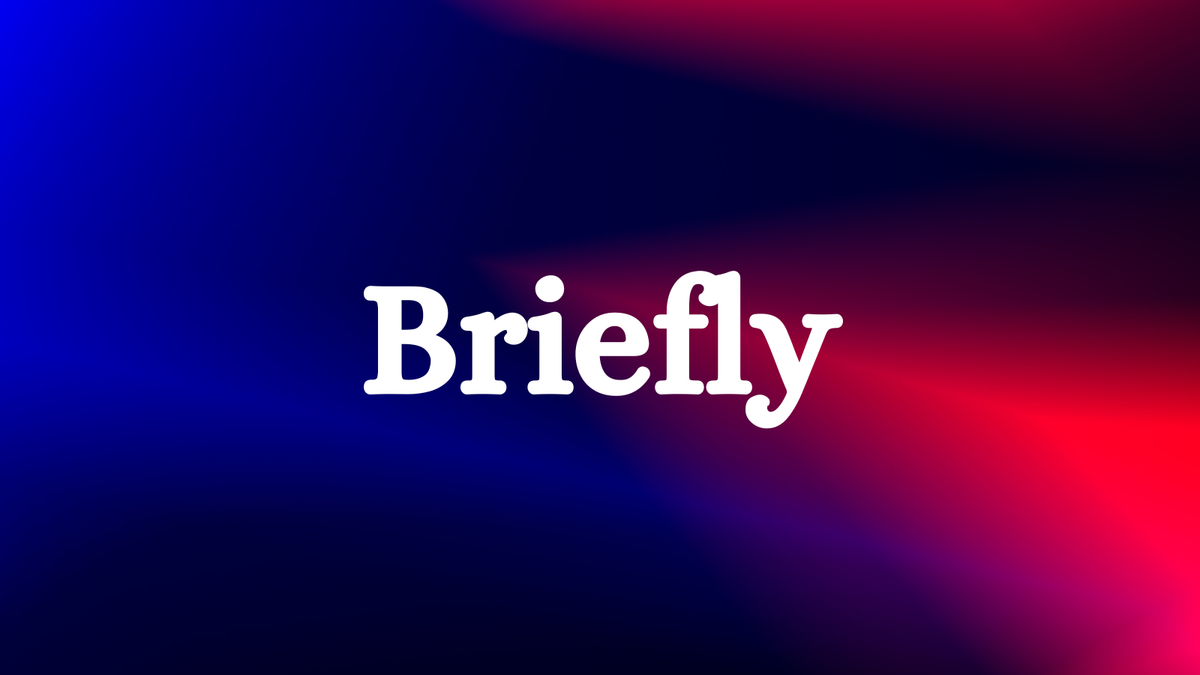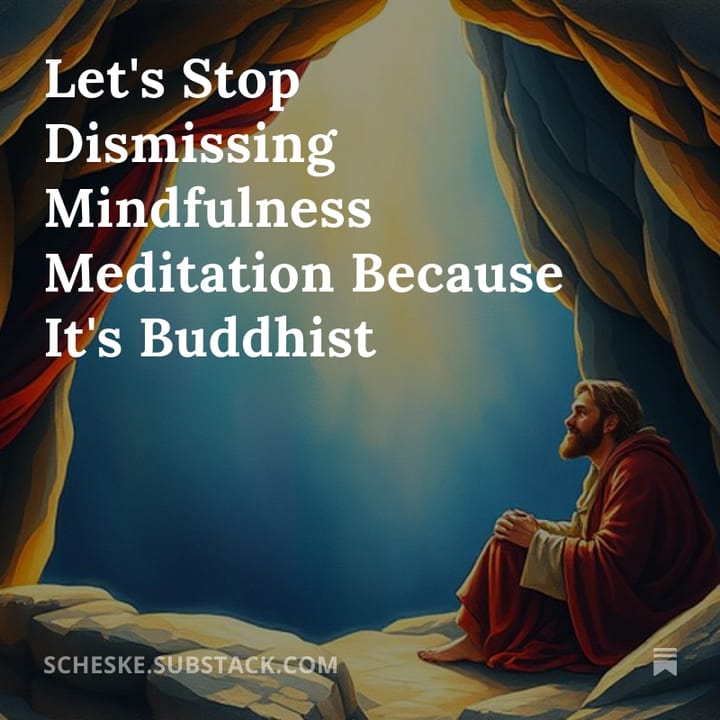Art Appreciation: One Way to Reclaim Your Attention?
Nathan Heller at The New Yorker ("The Battle for Attention")


Years earlier, I had heard of something called the Order of the Third Bird—supposedly a secret international fellowship, going back centuries, of artists, authors, booksellers, professors, and avant-gardists. Participants in the Order would converge, flash-mob style, at museums, stare intensely at a work of art for half an hour, and vanish, their twee-seeming feat of attention complete. (The Order’s name alluded to a piece of lore about three birds confronting a painting by the ancient artist Zeuxis: the first was frightened away, the second approached to try to eat painted fruit, and the third just looked.) I had tried then to get in touch with the Order. My efforts had led nowhere. “It’s a Fight Club thing,” someone later explained to me, with a degree of earnestness that, like much about the Order of the Third Bird, I struggled to gauge. “The first rule of the Birds is you don’t talk about the Birds.” I’d wondered whether Burnett might be involved.
Burnett was a longtime Bird, he admitted. The Order’s work was more complex than it sounded, he said, and some of the Birds, concerned about widespread loss of attention, were more willing to discuss their practice than they’d been in the past. For years, the Order had devoted itself to its subject: what attention was, how to channel it, what it could do. With Burnett’s help, I sent up a new flare in Birdland, expecting to hear nothing. That wasn’t what happened at all.
One Sunday morning, I received a cryptic text from a performance artist named Stevie Knauss, whom I had never met. “Let’s tentatively plan on meeting in the zone indicated on this map,” the message read. A Google satellite image of the neighborhood around 155th Street and Broadway was attached, with a red arrow pointing to the Hispanic Society Museum & Library.
Later, as the train that I was on travelled uptown, Knauss sent me a Find My iPhone request. I followed it across Audubon Terrace, a plaza named for the nineteenth-century artist and ornithologist, and into the Hispanic Society’s gallery. My eyes took a moment to adjust. At the place where my phone told me Knauss was stationed, a young woman in a black T-shirt sat on a bench with her back to me, staring at a painting. I sat beside her. “Stevie?” I said.
She was wearing wide-legged green Dickies, high-laced leather work boots, and dangly asymmetrical earrings. She turned to regard me, then looked back at the painting.
Knauss identified herself as an emissary affiliated with the Birds, and began to describe the way their actions worked. “The practice lasts twenty-eight minutes—four parts of seven minutes each,” she said. “The movement from one part to another is announced by a bell.”
Knauss told me that the Birds who were about to convene might not have met before. Actions were called in e-mails from alias accounts—she had heard about this one from “Wrybill Wrybillius”—with invitees’ names hidden. Any Bird could call an action; the Order was decentralized and ungoverned. Existing Birds invited new participants at their discretion, and, in this way, the Order slowly brought additional people into local chapters, known as volées. Nobody was sure how many Birds were in the world—New York City alone was home to several volées, overlapping to some degree—but there were believed to be hundreds. Actions had taken place as far afield as Korea, the Galápagos, and Kansas.
Knauss eyed some passersby. “The first seven-minute phase is known as Encounter,” she said. “I think of it as entering a party. First, you take a look around the scene.” On arriving at the action site, the Birds wander. The subject of an action is rarely, if ever, identified in advance, but usually it is the most desperate-looking work in sight. (“In a museum, it will be, like, the painting next to the bathroom or on the wall opposite the ‘Mona Lisa,’ ” Burnett told me.) The work is unnamed because the Birds are supposed to find it by paying attention. Those who don’t can follow the flock.
Next comes Attending, announced by the first bell. “At the party, that’s when you maybe settle into conversation with someone,” Knauss explained. The Birds line up before the work, side by side, in what is known as the phalanx. For seven minutes, they silently give the work their full attention. Three things are discouraged during this period, Knauss told me. “One is what we call studium”—analysis from study. Another is interpretation, and the third is judgment. If Birds find a work offensive (or simply bad), they’re meant to put aside that response. Alyssa Loh, Burnett’s partner, who is also a Bird, told me that she understands the injunctions as a guard against the ways that people shut down their attention. “There’s a question you often hear in relation to art objects: What is it for and what do you do with it?” she said. “In the Bird practice, we mostly answer that in negatives—you can’t ‘solve’ it, can’t decide if it’s good, can’t victoriously declare that you have correctly identified its origins or that it’s an example of an eighteenth-century whatever.” You just keep attending.
The second bell heralds the start of Negation, a phase in which Birds try to clear the object from their minds. Some lie down; some close their eyes. At the third bell, seven minutes later, the group reconvenes in the phalanx for Realizing.
Knauss said, “A good way to think of Realizing is the question: What does the work need ?” In some cases, the answer may be concrete—to be moved to a nearby wall—but it is often abstract. Perhaps a sculpture needs children climbing on it. “It might need you to hear its song,” Knauss somewhat mysteriously noted. At the final bell, the Birds disperse. “Leave the scene, find somewhere quiet to sit, and write down your experience of the four phases,” Knauss said.
A short while later, they meet up, usually in a café, for Colloquy, in which they take turns describing what they went through, distractions and all. Some Birds consider Colloquy the most important stage; it distinguishes their approach from “mindfulness” and other solo pursuits. The discussion can take on an uncanny charge.
Read the rest (subscription required . . . unless you have a free article left)




